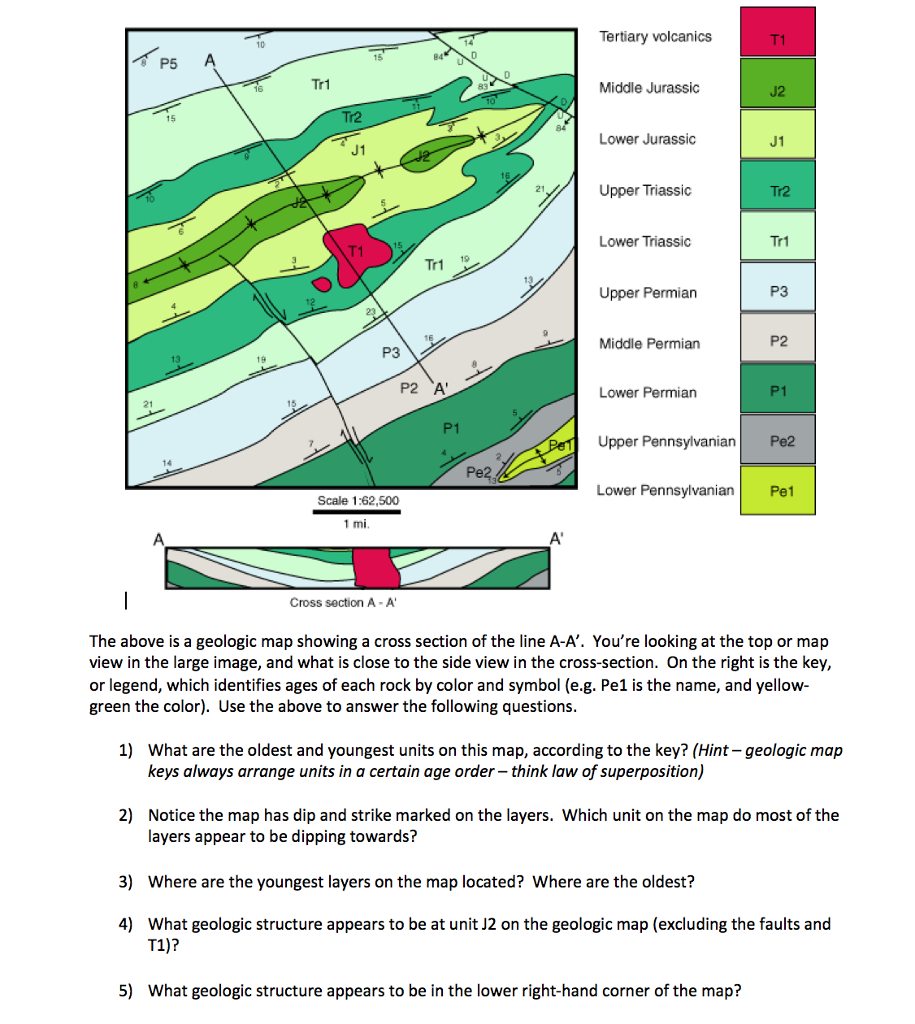


Conversely, in certain cultures which link family honor with female virginity, the word girl (or its equivalent in other languages) is still used to refer to a never-married woman in this sense it is used in a fashion roughly analogous to the more-or-less obsolete English maid or maiden. In particular, previously common terms such as office girl are no longer widely used. The term girl is sometimes used colloquially to refer to a young or unmarried woman however, during the early 1970s, feminists challenged such use because the use of the word to refer to a fully grown woman may cause offence. The word girl originally meant "young person of either sex" in English it was only around the beginning of the 16th century that it came to mean specifically a female child. The word woman can be used generally, to mean any female human, or specifically, to mean an adult female human as contrasted with girl. Different countries have different laws, but age 18 is frequently considered the age of majority (the age at which a person is legally considered an adult). Womanhood is the period in a human female's life after she has passed through childhood, puberty, and adolescence. Terminologyįurther information: girl, virgin, mother, wife, daughter, goodwife, godmother, lady, maid, maiden, and widow "Womb" derives from the Old English word wamb meaning "belly, uterus" (cognate to the modern German colloquial term " Wamme" from Old High German wamba for "belly, paunch, lap").

It is a popular misconception that the term "woman" is etymologically connected to "womb". The medial labial consonants f and m in wīfmann coalesced into the modern form "woman", while the initial element wīf, which had also meant "woman", underwent semantic narrowing to the sense of a married woman ("wife"). Mann had a gender-neutral meaning of "human", corresponding to Modern English "person" or "someone" however, subsequent to the Norman Conquest, man began to be used more in reference to "male human", and by the late 13th century it had begun to eclipse usage of the older term wer. In Old English, wīfmann meant "woman" (literally "woman-person"), whereas wer meant "man".

The spelling of "woman" in English has progressed over the past millennium from wīfmann to wīmmann to wumman, and finally, the modern spelling woman. 3.4 Gender distribution and life expectancy.3.3 Morphological and physiological characteristics.3.2 Hormonal characteristics, menstruation and menopause.Trans women have a gender identity that does not align with their male sex assignment at birth, while intersex women may have sex characteristics that do not fit typical notions of female biology. The movements and ideologies of feminism have a shared goal of achieving gender equality. Some women are denied reproductive rights. Violence against women, whether within families or in communities, has a long history and is primarily committed by men. With restrictions loosening during the 20th century in many societies, women have gained access to careers beyond the traditional homemaker, and the ability to pursue higher education. Throughout human history, traditional gender roles have often defined and limited women's activities and opportunities many religious doctrines stipulate certain rules for women. Women have significantly less facial and other body hair, have a higher body fat composition, and are on average shorter and less muscular than men. The adult female pelvis is wider, the hips broader, and the breasts larger than that of adult males. Female anatomy is distinguished from male anatomy by the female reproductive system, which includes the ovaries, fallopian tubes, uterus, vagina, and vulva. More generally, sex differentiation of the female fetus is governed by the lack of a present, or functioning, SRY-gene on either one of the respective sex chromosomes. Typically, women inherit a pair of X chromosomes from their parents, and are capable of pregnancy and giving birth from puberty until menopause. The plural women is sometimes used in certain phrases such as " women's rights" to denote female humans regardless of age. Prior to adulthood, a female human is referred to as a girl (a female child or adolescent).


 0 kommentar(er)
0 kommentar(er)
